What is Commercial Printing?
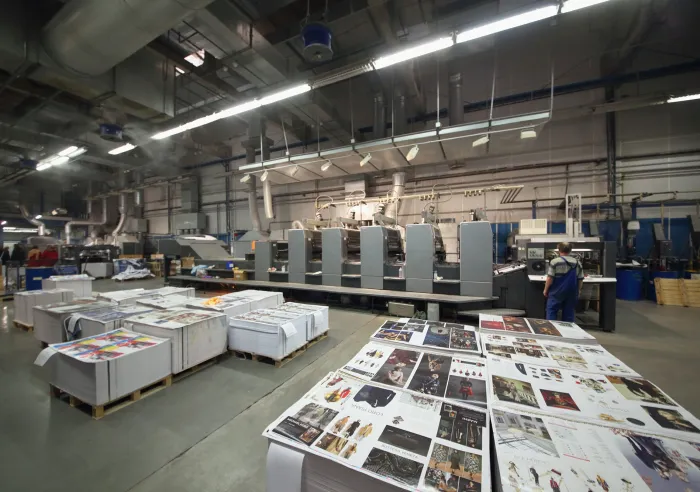
estimated reading time: 6 minutes
Commercial Print Services
Commercial Printing is the largest segment of the printing industry. Despite its predominance, the term "Commercial Printing" tends to be interpreted a little differently from person to person.
For example, if you
were to ask a group of people for the definition of Commercial Printing, you
would likely get the following results:
a) The majority would frame their answer around the type of customers
served and proclaim it is "Printing for Businesses"
b) Some would focus their answer on output capabilities
and say it means "High-Volume Printing"
c) A few would base their answer on a production method and
state it refers to "Offset Printing"
While the three responses above definitely lean in the right direction, they could all benefit from some additional clarification…
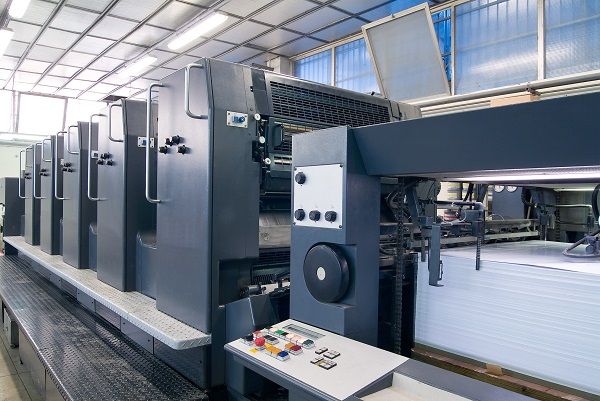
a) The vast majority of a commercial printing company's
customers are indeed Businesses. Businesses purchase printing to use for
promotional purposes (e.g. catalogs, brochures, postcards) as well as to help
with the day-to-day operational tasks of running the business (e.g. forms, envelopes,
labels). Also, some businesses purchase printed materials to become the actual products
they sell (e.g. comic books, calendars, posters) or as a supplement to products
they sell (e.g. instruction sheets, owner's manuals, installation guides).
Though the commercial printing industry primarily serves business
customers, many commercial printers also provide print materials to a variety
of entities that are not necessarily viewed as "businesses." Examples of which include
charities, religious organizations, volunteer groups, the military, government
offices, etc. Just like for-profit businesses, these entities all use a variety
of print materials to function effectively.
b) Commercial printing companies strive to meet the print requirements
of businesses and organizations of varying sizes, many of which regularly place
orders for thousands of pieces at a time. As a result, most commercial printers
have the equipment, manpower, and facilities necessary to achieve High-Volume
production levels. For this reason, commercial printing is sometimes known simply
as "production printing."
However, there are some notable exceptions to high-volume
production among commercial printers. For example, companies that specialize in
custom-printed tradeshow backdrops, banners, or large wall charts are considered to be commercial printers, but many orders for wide format or oversized printing only consist
of one or two units.
c) Well-regarded for its speed of operation and consistently
high quality, Offset printing is the most widely used printing method in the
world. Also, because offset printing is the most economical choice (and thus the
preferred printing method) for longer production runs, some people equate
commercial printing with offset printing. This is a belief largely rooted in
fact, because the commercial printing industry does rely primarily on sheet-fed
and web-fed offset presses for its high-volume needs.
That said, over the past few decades the use of digital
printing presses has increased substantially. The quality of digital printing has
been going up and the price per piece has been coming down. For years, digital
printing was widely considered the go-to method for short run print projects of
500 pieces or less. However, digital printing can now often compete with offset
printing prices on projects up to 1,000 pieces.
Also, since digital printing is fed directly from an
electronic file and does not require the use of printing plates, it has an
advantage over offset for variable data printing. Variable data printing (VDP)
allows each piece within a production run to be printed with different text and/or
images without stopping or slowing down the press run. Hence, VDP has been used
extensively in recent years because of the unique personalization it provides for
direct mail marketing and other promotional campaigns.
Due to the advancements in digital printing technology, some
commercial printing companies have actually gone to digital exclusively. They made
this move to focus on commercial customers that require shorter production runs
as well as projects that make use of variable data printing (VDP). So, the commercial
printing industry is still dominated by offset production but it is no longer
exclusively based on offset.
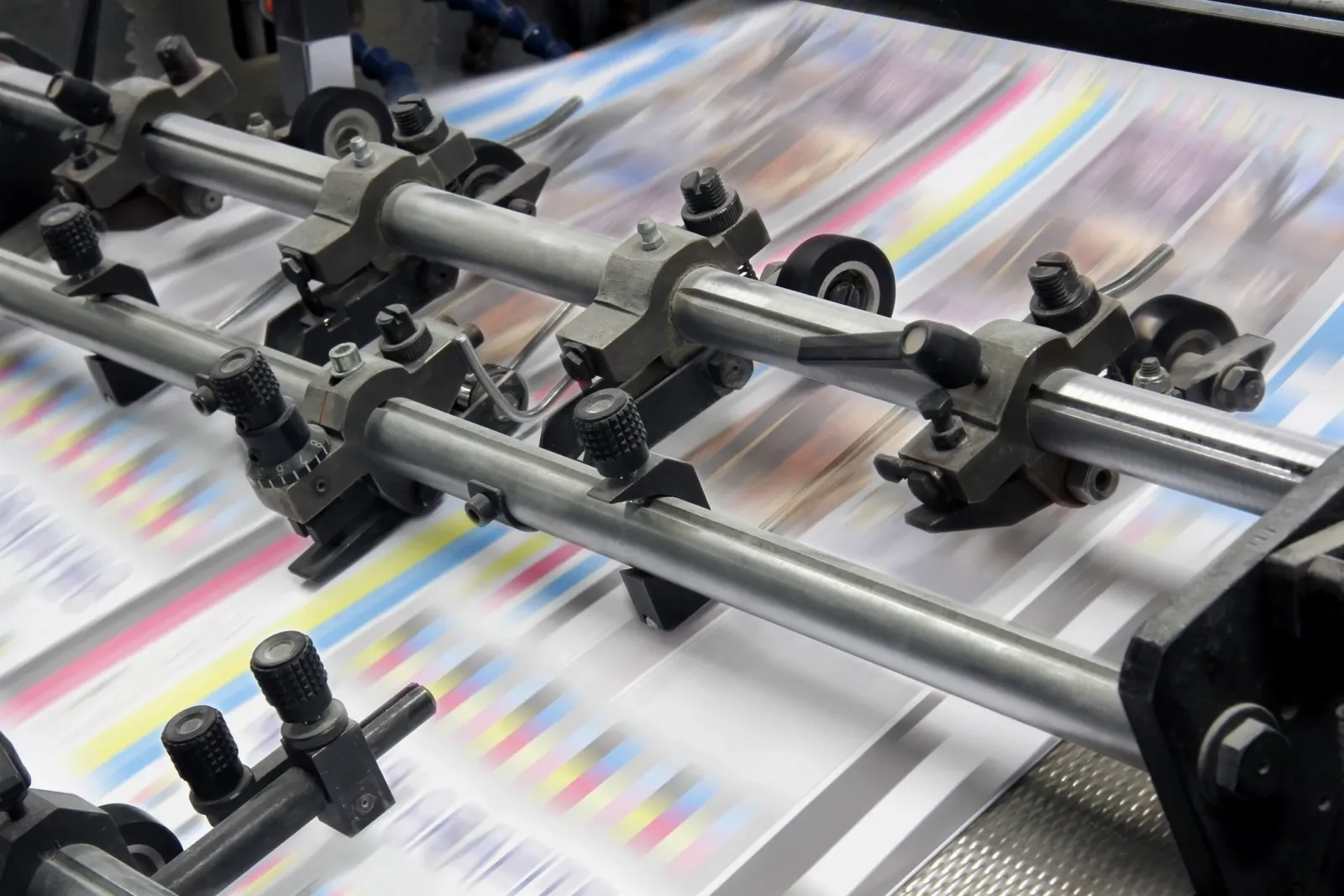
What types of providers fall outside the Commercial printing umbrella?
A lot of product packaging is printed with text, images and designs. However, producers of packaging tend to consider themselves more in the packaging segment than in the printing segment.
Likewise, companies that
print long-run periodicals for widespread distribution, such as newspapers and
magazines, are generally classified in the publishing segment instead of the
commercial printing segment.
Also, an in-house print facility, like those that sometimes operate
within a large corporation, ministry, or college campus, are not considered
commercial printing enterprises because the printing produced is for their own
needs rather than being made commercially available. This is not to say that an
in-house printing operation might not produce printing for external customers
should they occasionally find themselves with excess capacity, but that is the
exception rather than the norm.
Finally, though the term "Quick Printer" has fallen out of
favor, there are still many local print shops that cater to walk-in customers and
conduct business across a retail counter. The equipment is often limited to
smaller digital presses, but these establishments remain successful because
they fill a printing need within their community. Catering mostly to
individuals and small businesses, these print shops are not generally
considered a commercial printer because of their limited equipment and capacity.
However, depending on their customer mix, they might have a good argument for being
considered a small commercial printer.
What types of projects do Commercial Printing Companies print?
No two commercial printing companies are exactly alike but many have
a mix of offset and digital presses. This allows them to print a variety of popular
items…
- Bound Documents - such as books, booklets, manuals, guides, directories, journals, and custom binder sets
- Marketing and Advertising Pieces - such as catalogs, brochures, flyers, postcards, and sales literature
- Large Format Materials - such as maps, posters, signage, charts, and banners
- Stationery Items - such as letterhead, envelopes, announcements, and invitations
- Operational Supplies - such as business cards, forms, index tab sets, memo pads, labels, and checks
- Promotional Products - such as calendars, erasable memo boards, notepads, and magnets
- Laminated Printing - such as menus, placemats, counter mats, cards and tags, and reference materials
While many commercial printers offer a mix of the products
mentioned above, some commercial printers choose to just specialize in certain product categories such as forms, books, maps, labels, and so on.
What types of services do Commercial Printers generally offer?
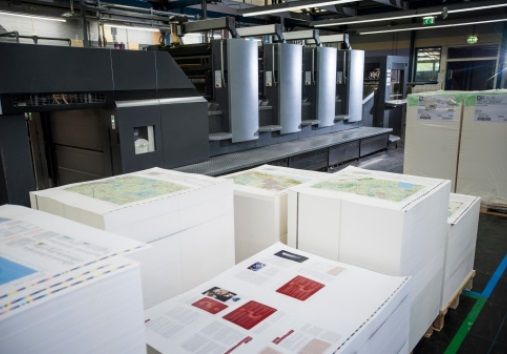
Again, no two printers are exactly alike, but here are some examples
of value-added services often offered by commercial printers…
- In-House Graphics Assistance
- Pre-Press Department
- Variable Data Printing (VDP)
- Kitting and Assembly Services
- Pantone Spot Colors in addition to CMYK and B/W
- General Finishing - scoring, folding, drilling, trimming, perforating, shrink-wrapping, sequential numbering
- Specialty Finishing - embossing, debossing, foil-stamping, die-cutting
- Protective Coatings - varnish, aqueous, UV, laminates
- Bindery Services - for all types of books and booklets
- Direct Mail Fulfillment - used mostly for promotional printing and periodicals
Looking for Commercial Printing Services at an Affordable Price?
Color Vision has been a full-service provider of commercial printing services since 1984. We offer offset and digital printing as well as a wide variety of finishing and bindery options. We also offer numerous services, such as variable data printing, kitting, assembly, and mail fulfillment.
So whether you are looking for book printing, full-color
printing, laminated printing or any other type of printing, just give us a call
at 800-543-6299 to discuss your upcoming projects.
Or, if you'd like to use our Quote Request form
to send us your project's specifications, we will be happy to email you a quote. We hope to
hear from you soon and look forward to assisting with your printing needs!
Related Articles
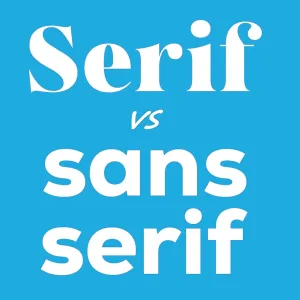
Serif vs Sans Serif Fonts: Which to use for a Print Project?
Read This Article

7 Interesting Facts you might not know about Offset Printing
Read This Article

Print Marketing: Exploring the Allure of a Soft Touch Finish
Read This Article
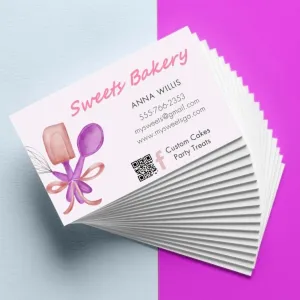
Business Card Printing: 5 Common Mistakes to Avoid
Read This Article